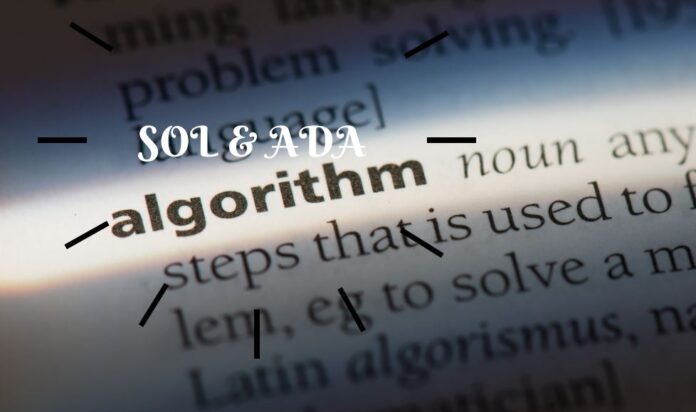Who started of Solana?
Blockchain: Anatoly Yakovenko is the most important person behind Solana Cryptocurrency. His professional career began at Qualcomm, where he quickly rose through the ranks and became a chief executive officer in 2015. Later, his job changed, and Yakovenko entered a new position as a software engineer at Dropbox.
In 2017, Yakovenko started working on a project that would later take on flesh and blood as Solana. He worked with his Qualcomm colleague Greg Fitzgerald and founded Solana Labs. Attracting several former Qualcomm colleagues, the Solana protocol and the SOL cryptocurrency was released in 2020.
Who started of Cardano?
Jeremy Wood and Charles Hoskinson founded Cardano (ADA). While the latter is one of the co-founders of the Ethereum network, he is the CEO of IOHK, which develops the Cardano program.
Cardano is a third-generation decentralized blockchain that uses the Proof-of-Stake (PoS) consent mechanism and is designed to be an alternative, more efficient solution to networks using Proof-of-Work (PoW). Scalability, interoperability, and sustainability in PoW networks such as Ethereum are limited by infrastructure as they have higher costs, higher energy usage, and longer transaction delays.

Solana Platform
Solana cryptocurrency is a blockchain that focuses on fast transactions, high efficiency, and a unique way to organize transactions for increased transaction speed.
The most important advantage of the Solana platform is that it tries to solve the problem of speed and scalability, which is one of the main problems in blockchain technology.
How works Platform Solana?
The essential innovation that Solana brings to the fore is consensus through the Proof of History (PoH) protocol developed by Anatoly Yakovenko. This idea allows for greater scalability of the protocol, which in turn increases usability.
Solana Cryptocurrency is known in cryptocurrencies due to blockchain’s incredibly short processing times. With fast processing times, it has also attracted great institutional interest. The Solana Hybrid Protocol allows significantly reduced transaction and brilliant contract execution validation times.
Solana Blockchain
Solana’s team has developed eight key technical features to help blockchain match the capabilities of a centralized system. The proof of history is perhaps the most remarkable, but there are also:
- Tower BFT – a PoH optimized version of the practical Byzantine damage
- Turbine – a block propagation protocol
- Gulf Stream – Mempool Transaction Promotion Protocol
- Sealevel – Parallel execution time of smart contracts
- Pipelining – a transaction processing unit for validation optimization
- Cloudbreak – Horizontal scale database of accounts
- Archives – Distributed catholic storage space
These capabilities create a high-performance network with 400ms shutdown times and execute thousands of trades per second.
Cardano Platform
Blockchain and ADA usage applications. Cardano’s platform works with the consent protocol called Ouroboros. Ouroboros, created by Cardano in its infancy, is the first PoS protocol that proved secure and the first to undergo academic research. Each phase or era of development in the Cardano roadmap enters into a research-based framework, incorporating documented knowledge and solutions of users to make the progress they want and achieve the milestones they have set for their future directions.
Cardano’s Blockchain
The Cardano cube chain is divided into two layers:
Cardano Settlement Layer (CSL) – CSL transfers ADAs between accounts and records transactions.
Cardano Computation Layer (CCL) – CCL incorporates the logic of smart contracts, which developers can use to move money programmatically.
Solana and Cardano Algorithms
SOL uses Bitcoin’s SHA256 mining algorithm by adding a verifiable delay function to create a historical event log in the blockchain. The hash function makes continuous cycles, using each previous output as the following input, which means that the order of transactions is recorded.
The ADA algorithm is called Ouroboros. It is a proof of stake algorithm used by computers participating in the network, and the job of the algorithm is to confirm transactions, keep the network secure and distribute new cryptocurrencies seasons and ports where seasons are available in time frames. You got a time frame of 20 seconds within the seasons. Within each port, there is a leader randomly selected by the algorithm, and this leader is responsible for choosing the blocks that are added to the blockchain. Only the nodes mCore cannot be chosen as leaders of the port.



